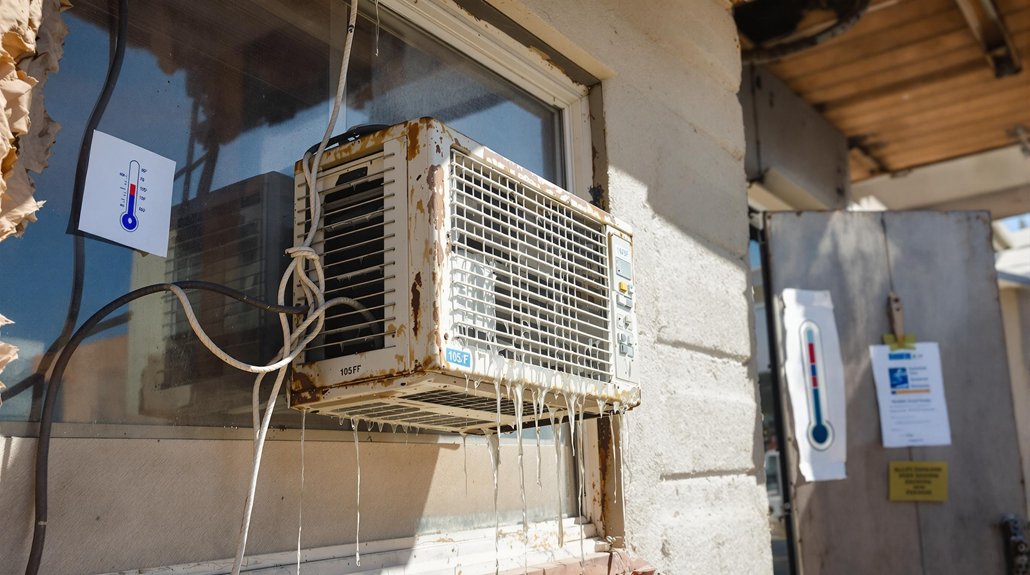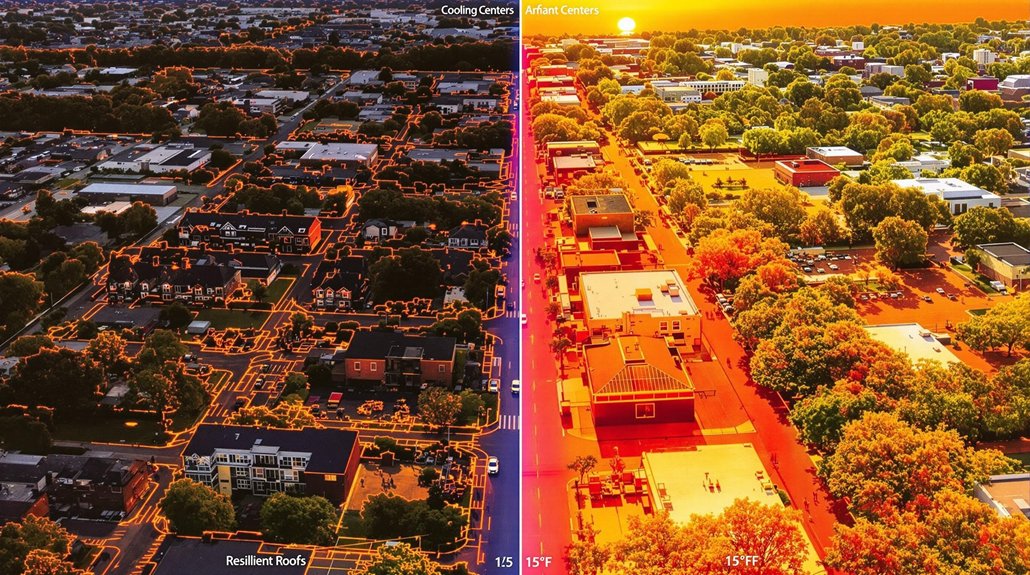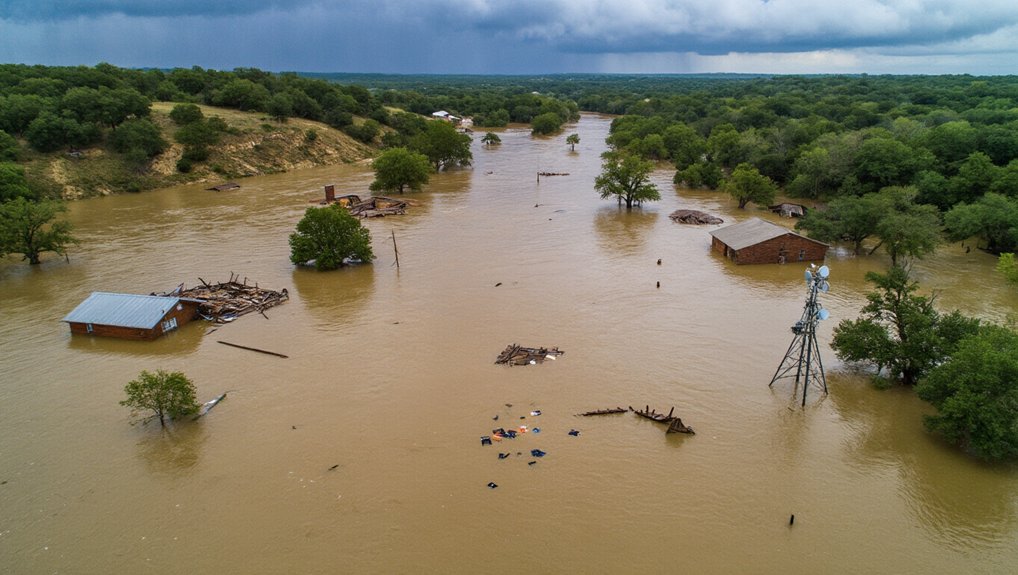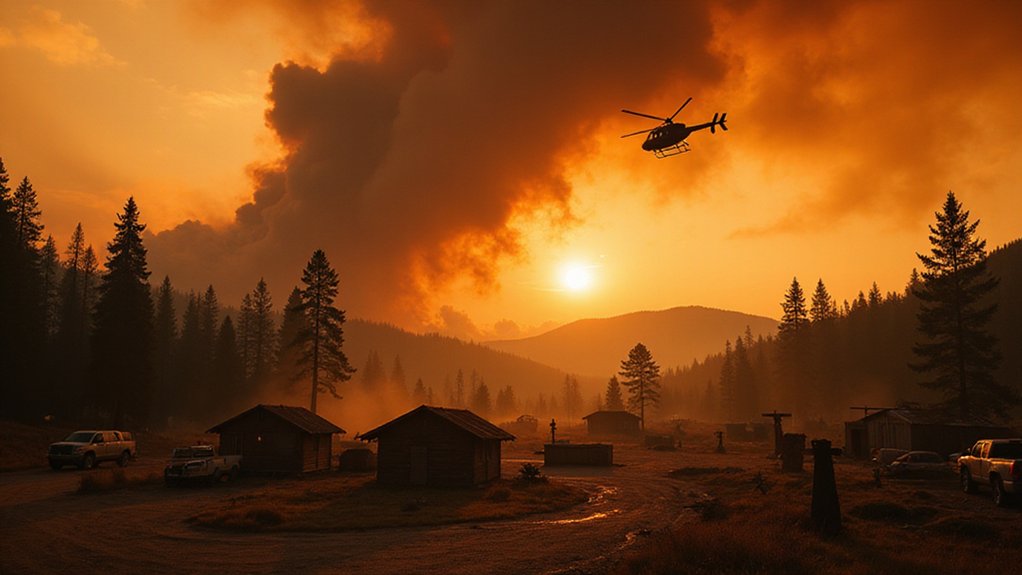While politicians debate and corporations count profits, Earth just posted another temperature record that should terrify anyone paying attention. April 2025 clocked in as the second-warmest April ever recorded at 14.96°C, a whopping 0.60°C above the 1991-2020 average. The planet’s basically running a permanent fever now.
Earth’s running a permanent fever while politicians debate and corporations count profits.
The numbers are brutal. Since 1850, global surface temperatures jumped about 2°F, climbing at 0.06°C per decade. But here’s where it gets scary – the warming is accelerating. The latest 2024 estimate shows we’re already 1.52°C above pre-industrial levels. Remember that 1.5°C threshold scientists kept warning about? Yeah, we blew past it. Scientists now observe human-induced warming racing ahead at an unprecedented 0.27°C per decade over 2015-2024.
January through May 2025 was the second-warmest such period on record, sitting 1.25°C above the 20th-century average. Scientists say 2025 is virtually guaranteed to rank among the top three warmest years ever measured. Consecutive record-breaking months aren’t just statistical flukes anymore. They’re the new normal. In fact, April 2025 marked the 21st month in 22 months with temperatures exceeding 1.5°C above pre-industrial levels.
The first quarter of 2025 continued the exceptional warmth streak from previous years. Some regions, especially at higher latitudes, are heating up faster than others. When record-warm Januaries become routine, annual averages get seriously skewed. Even companies like LEGO are responding to the climate crisis by building carbon-neutral facilities that operate on renewable energy.
Here’s what this means for actual humans: bodies aren’t designed for this. When temperatures soar, mortality rates climb, especially among the elderly and sick. Cardiovascular systems strain. Respiratory conditions worsen. Heat-related illnesses spike. Healthcare systems get overwhelmed with admissions during these heat events.
The real killer? Humidity. When it’s both hot and humid, your body can’t cool itself through sweating. Scientists have a term for this – wet-bulb temperature. Cross certain thresholds, and the human body literally cannot survive, no matter how much water you drink or shade you find.
Meanwhile, crops wilt under heat stress. Livestock suffer. Water evaporates faster, threatening agriculture. Roads buckle. Power grids fail just when people need air conditioning most. Marine heatwaves cook ocean ecosystems. Cities face blackouts as everyone cranks up the AC.
This isn’t some distant future scenario. It’s happening now, while we argue about whether it’s real.
References
- https://climate.copernicus.eu/copernicus-second-warmest-april-globally-global-temperature-still-more-15degc-above-pre-industrial
- https://www.ncei.noaa.gov/access/monitoring/monthly-report/global/202505
- https://www.climate.gov/news-features/understanding-climate/climate-change-global-temperature
- https://essd.copernicus.org/articles/17/2641/2025/
- https://www.carbonbrief.org/state-of-the-climate-2025-close-behind-2024-as-the-hottest-start-to-a-year/








